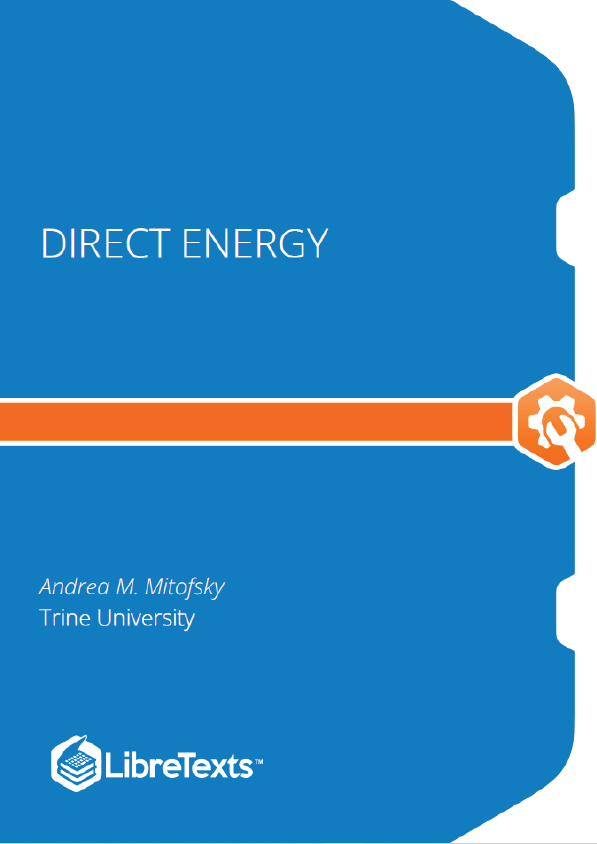What is Direct Energy Conversion?
Energy conversion devices convert between electrical, magnetic, kinetic, potential, optical, chemical, nuclear, and other forms of energy. Energy conversion processes occur naturally. For example, energy is converted from optical electromagnetic radiation to heat when sunlight warms a house, and energy is converted from potential energy to kinetic energy when a leaf falls from a tree. Alternatively, energy conversion devices are designed and manufactured by a wide range of scientists and engineers. These energy conversion devices range from tiny integrated circuit components such as thermocouples which are used to sense temperature by converting microwatts of power from thermal energy to electricity to enormous coal power plants which convert gigawatts of energy stored in the chemical bonds of coal into electricity.
A direct energy conversion device converts one form of energy to another through a single process. For example, a solar cell is a direct energy conversion device that converts optical electromagnetic radiation to electricity. While some of the sunlight that falls on a solar cell may heat it up instead, that effect is not fundamental to the solar cell operation. Alternatively, indirect energy conversion devices involve a series of direct energy conversion processes. For example, some solar power plants involve converting optical electromagnetic radiation to electricity by heating a fluid so that it evaporates. The evaporation and expansion of the gas spin a rotor of a turbine. The energy from the mechanical motion of the rotor is converted to a time varying magnetic field which is then converted to an alternating electrical current in the coils of the generator.
This text focuses on direct energy conversion devices which convert between electrical energy and another form. Because of the wide variety of devices that fit in this category, energy conversion is a topic important to all types of electrical engineers. Some electrical engineers specialize in building instrumentation systems. Many sensors used by these engineers are direct energy conversion devices, including strain gauges used to measure pressure, Hall effect sensors which measure magnetic field, and piezoelectric sensors used to detect mechanical vibrations. The electrical energy produced in a sensor may be so small that amplification is required. Other electrical engineers specialize in the production and distribution of electrical power. Batteries and solar cells are direct energy conversion devices used to store and generate electricity. They are particularly useful in remote locations or in hand held gadgets where there is no easy way to connect to the power grid. Relatedly, direct energy conversion devices such as thermoelectric devices and fuel cells are used to power satellites, rovers, and other aerospace systems. Many electrical engineers work in the automotive industry. Direct energy conversion devices found in cars include batteries, optical cameras, Hall effect sensors in tachometer used to measure rotation speed, and pressure sensors.
Direct energy conversion is a fascinating topic because it does not fit neatly into a single discipline. Energy conversion is fundamental to the fields of electrical engineering, but it is also fundamental to mechanical engineering, physics, chemistry, and other branches of science and engineering. For example, springs are energy storage devices often studied by mechanical engineers, capacitors are energy storage devices often studied by electrical engineers, and batteries are energy storage devices often studied by chemists. Relatedly, energy storage and energy conversion devices, such as springs, capacitors, and batteries, are not esoteric. They are commonplace, cheap, and widely available. While they are found in everyday objects, they are active subjects of contemporary research too. For example, laptop computers are limited by the lifetime of batteries, and cell phone reception is often limited by the quality of an antenna. Batteries, antennas, and other direct energy conversion devices are studied by both consumer companies trying to build better products and academic researchers trying to understand fundamental physics.











